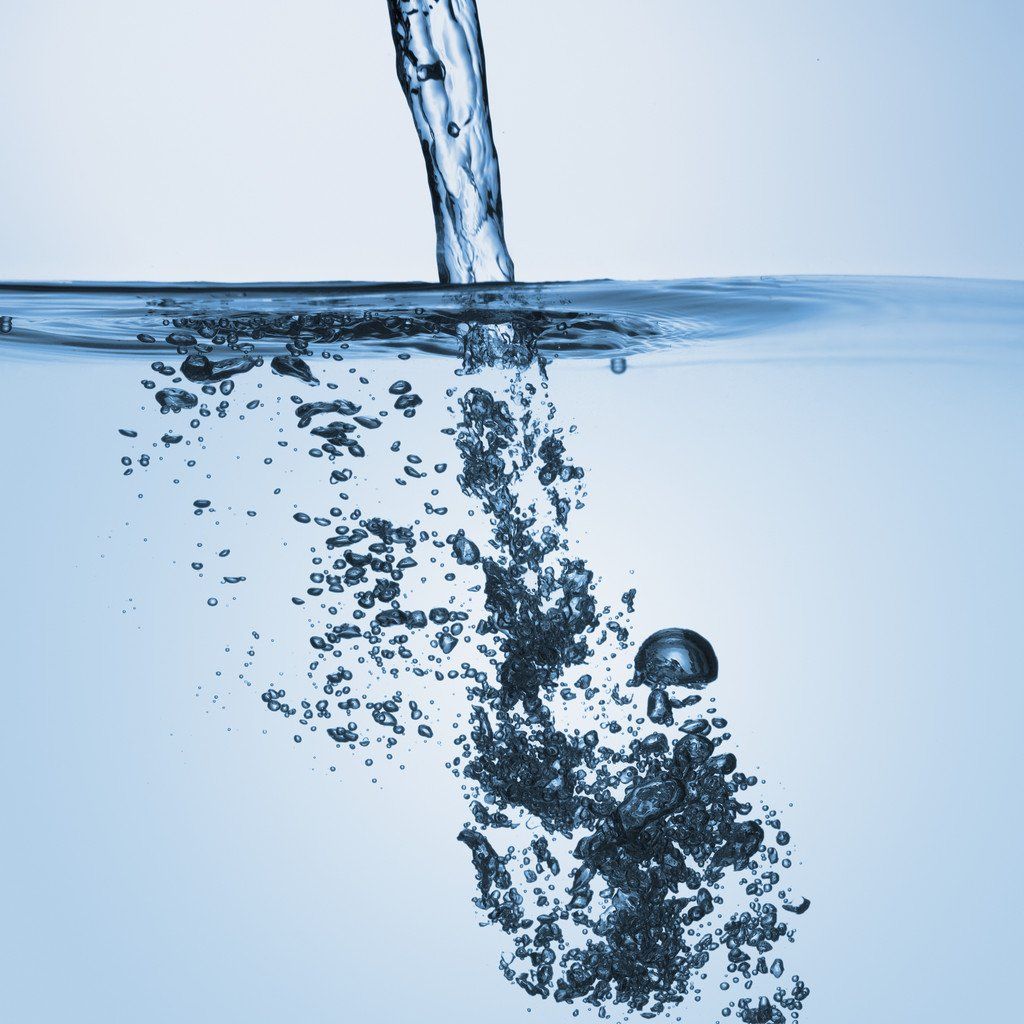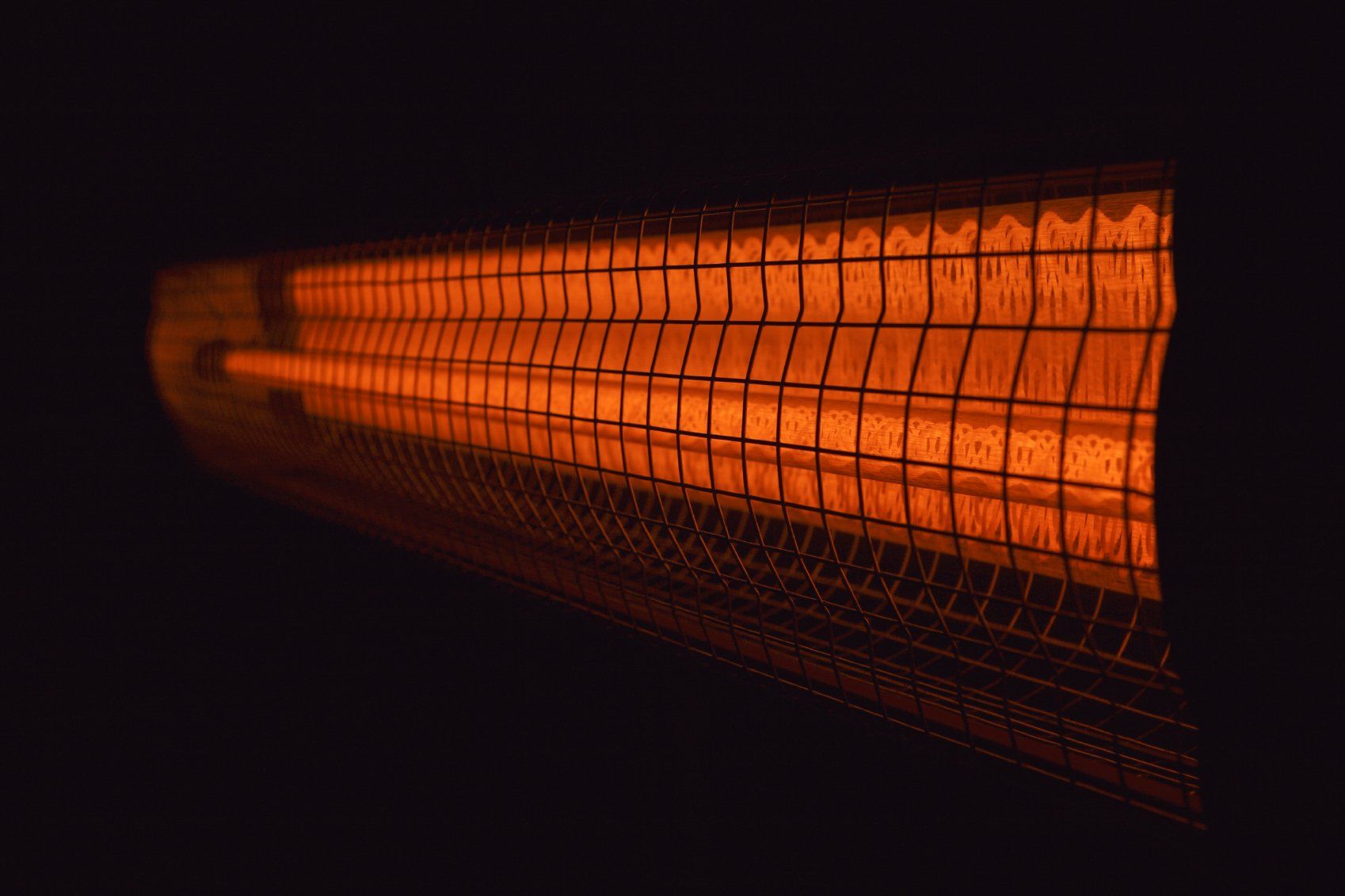FAQ
Water treatment
- What is the electrical consumption of an electrolyser?
A chlorinator consumes 130 W for pools from 0 to 120m³, it consumes 200 W for pools from 120 to 160m³.
- What is the salt concentration requirement of the chlorinator?
Our devices can work from 1.5 to 35 grams of salt depending on the range:
- How should I put the salt in the pool?
Distribute the salt evenly over the entire pool, then turn on the filtration.
- With a chlorinator, would I have to use chlorine?
You will have to use chlorine by pebble or by injection, only during wintering when the temperature is below 15°C.
- I bought my AKERON chlorinator a long time ago, can I buy a new cell?
Yes, all our cell models are available. Please contact your dealer.
- How long should I run my chlorinator?
The question is not simple, but it will depend on the power of the pump and the volume of the pool as well as the temperature.
- What type of salt should I use?
You must take into account the level of stabilizer in your pool water, which should not exceed 35 ppm when choosing your salt.
- What are the benefits of electrolysis?
The advantage of electrolysis is that it doses exactly the chlorine you need, therefore there are no additives to add such as pebbles, etc.
- With an electrolyser, what should I do to maintain my pool and how often?
It is necessary to regularly check that the chlorine level in the swimming pool is between 1.5 and 2 ppm, as well as to check that the pH of the water is between 7.2 and 7.4.
- What should I do to winterize my chlorinator?
For the wintering of your chlorinator you must:
- How does an AKERON chlorinator work?
See the tutorial: https://www.youtube.com/watch?v=B2ul-4niGDo
- Can I install an electrolyser on an existing swimming pool?
Yes, however it is necessary to check that the elements of the swimming pool are resistant to salt and that the treatment used previously is compatible (concerning Bromine and PHMB an emptying of the swimming pool will then be essential).
- With an electrolyser, what should the filtration time be?
The question is not simple, it will depend on the power of the pump and the volume of the pool as well as the temperature of the water.
- What is the lifespan of an electrolytic cell?
The life of an electrolysis cell varies depending on the water parameters (overuse of reverse polarity or "Boost" mode can decrease the life of the cell), the conditions of use. Our cells have the highest lifespan on the market.
- How to clean the electrolysis cell?
The cell works with a self-cleaning system. In principle, there is no need to clean it if the water parameters are correctly configured. But in case of scaling of the cell, it must be cleaned with hydrochloric acid or white vinegar diluted to 10/15%.
- My appliance does not produce salt?
The salt chlorinator produces chlorine thanks to the salt that you have added to your pool water.
- Why is the salt level dropping?
The salt level drops for various reasons, it can drop when filling the pool, washing and rinsing the filter, but also during pool water loss (splash, leaks, etc.)
- How should I adjust my chlorinator during the season?
Depending on the environment, the chlorine level in your pool should be between 1 and 2 ppm. If you have an Rx4 automatic regulation system, you can adjust your Redox setpoint in order to cut off production when the chlorine level is correct (Redox setpoint to be set according to the manual).
- I have automatic cover, can I use an AKERON chlorinator?
Shutter mode available on all our devices and configurable according to use (between 5 and 50%). Redox regulation is nevertheless recommended to completely secure production when the swimming pool is covered (roller shutter, cover, shelters, etc.) in order to avoid over-chlorination phenomena which could cause irreversible damage to clothing.
- Is the cell self-cleaning?
Yes, the cell is self-cleaning by reversing the polarity, adjustable from 1 hour to 24 hours depending on the hardness of the water. (See instructions for use). Please note that the reduction in the inversion time leads to faster aging of the electrode. Before modifying these inversion times, it is preferable to chemically treat the water using an anti-limestone and to balance the Taylor balance for balanced and scale-free water.
- I have to stop my chlorinator. Can I treat with chemical chlorine?
Yes, during wintering you can treat the water with chemical chlorine (pebble or liquid chlorine). However, during this use we recommend that you use chlorine without stabilizer.
- I put too much salt in my pool. What impact on the operation of my chlorinator?
Our device is adaptable to a salt level of 4 to 35g/l (low Salt range from 1.5 g/l), the ideal salt level for the operation of an electrolyser is 6 g/l.
- I have a swimming pool and I want to install a salt treatment. Should I renew the water?
Normally it is not necessary to renew the water, unless the level of stabilizer is too high or you have used bromine or PHMB, or a copper treatment.
- The salt I used is not stabilized. Should I add stabilizer to the pool water?
We recommend that you carry out a water analysis, the stabilizer must be between 20 and 35 ppm. Below 20 ppm chlorine is too volatile and degrades too quickly.
- Replacement salt chlorinator cells are expensive, why?
The materials used to manufacture the cells are based on precious metals (titanium and ruthenium).
- What impacts does electrolysis have on the swimming pool environment? (floor tile...)
Electrolysis has no side effects on your pool environment if the chlorine level is monitored and maintained in the correct zone (between 1 and 2 ppm).
- How to install an electrolyser? Which assembly diagrams to follow?
Refer to the diagrams on the instructions.
- Should I remove my electrolytic cell during wintering?
We advise you to remove your cell during the winter, it remains at the discretion of the owner or the craftsman. However, the appliance must be switched off, there is a risk of scaling if water passes through the cell.
- With electrolysis I observe bubbles at the discharge nozzles, is this normal?
Salt electrolysis generates gaseous compounds in very small quantities, these releases can be visible if the nozzles are close to the cell. However, most of the time the observation of bubbles is rather due to an air leak in the hydraulic circuit. These bubbles do not pose any danger to your device.
- How do I switch from chlorine treatment to salt electrolysis treatment?
Salt treatment is compatible with chlorine treatment. Just be sure to let your chlorine level drop before turning on your chlorinator to avoid any phenomenon of over-chlorination.
- My chlorinator works well but I don't measure chlorine in my pool?
If there is no alarm on the device, there is surely a lack of stabilizer or the device may be undersized and therefore it is not producing correctly. Check that the stabilizer level is well above 20 ppm.
- Is salt electrolysis suitable for the treatment of an indoor swimming pool?
Yes, salt electrolysis is suitable for the treatment of an indoor swimming pool. However, it is recommended to use an appliance equipped with automatic chlorine production regulation. We recommend our Duo Salt Regul4 Rx chlorinator.
- What is the operating temperature limit of an electrolyser?
The operating temperature limit for an electrolyser is 15°C.
- I have to be absent for 15 days, what precautions should I take with my salt-treated swimming pool?
Check the water analysis before leaving (Ph level, chlorine level), as well as the condition of the filters. We also advise you, if you have a shutter or a tarpaulin, to set the shutter mode on your device in order to reduce production.
- When should I add salt?
At the start of the season before commissioning, I have to measure and add salt to my pool water so that it is in the recommended zone according to the model.
- I made a mistake in calculating the volume of my pool, can I change the electrode?
The case will be identical, it will be necessary to adapt the cell to the correct cubage chosen and modify the setting of the case.
Water heating
- How to choose my heat pump?
Here are the different things to consider:
- How many degrees will my heat pump save me per day?
Once my heat pump is in service in 24/24 and Boost mode, it will gain between 2 and 3°C / day.
- Can my heat pump run all year round?
Yes, for this it must be correctly sized. Heat pumps can operate with an outside temperature down to -10°C.
- I have water under my heat pump?
It is certainly condensate from the evaporator, to check you can collect the water in a container to see if it is chlorinated. If the chlorine level is different from that of the swimming pool, it means that the water does not come from the swimming pool.
- My heat pump won't start?
- First check the correct electrical connection at the terminal block, then check and test the circuit breaker, finally press the Power button on the heat pump.
- My evaporator is frozen?
Origin: The frost is the consequence of the cold generated by the heat pump on the wet evaporator. This is therefore completely normal.
- Heat pump not heating?
Make sure you are in Heating or automatic and Boost mode, when the temperature rises the filtration must be in 24/24H mode.
- Is the heat pump making noise?
- The heat pump must be placed on a flat and stable floor with its 4 anti-vibration pads, you also have the option of placing it on specific brackets or Big Foot. Check that the front panels are properly tightened, because if the facade is not sufficiently fixed it will tend to vibrate more and will create more noise. Also check the spacing around the heat pump of 50 cm and 1.50 m above and not be enclosed between walls that would form of resonance.
- How do I winterize my heat pump?
- Disconnect the power supply to the heat pump. Close the by-pass so that the water no longer circulates in the heat pump. Unscrew the unions to drain the water from the exchanger. (You can vacuum the inside of the exchanger, see page 19 of the manual).
- I have an E3 code?
Check that the filtration is on, if there is no water flow in the heat pump check the By-pass.
- I have an E5 code?
Call technical service.
- I have an E6 code?
This means that there is an excessive temperature difference between the water inlet and outlet. Check if the water flow in the heat pump is too low.
- I have an Eb code?
- Ambient temperature too low or too high. Temperature ≤-10°C or ≥43°C.
- I have an Ed code?
Antifreeze system: the water temperature is below 2°C and the air is below 0°C. The heat pump restarts in heating mode if the filtration is in operation.







